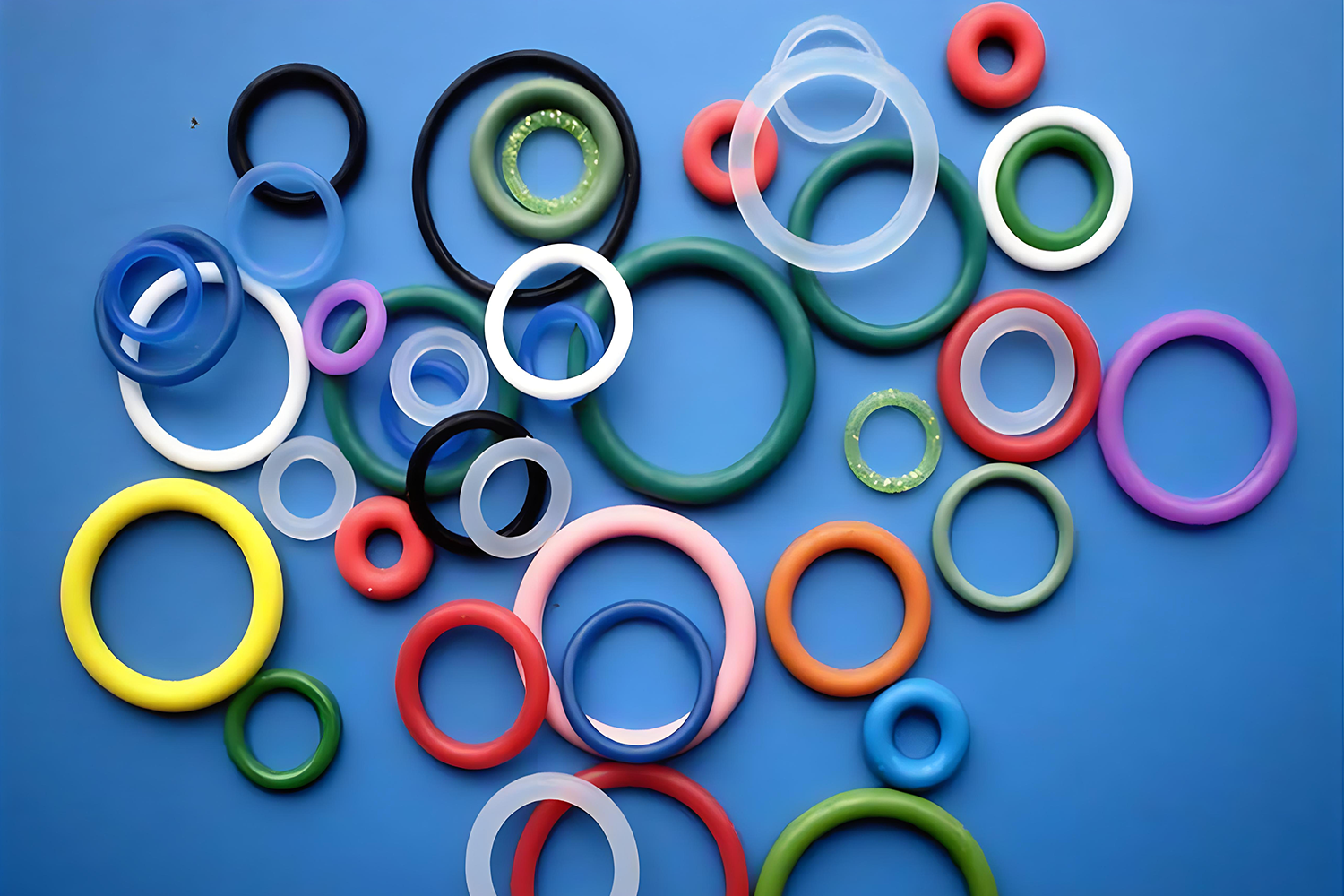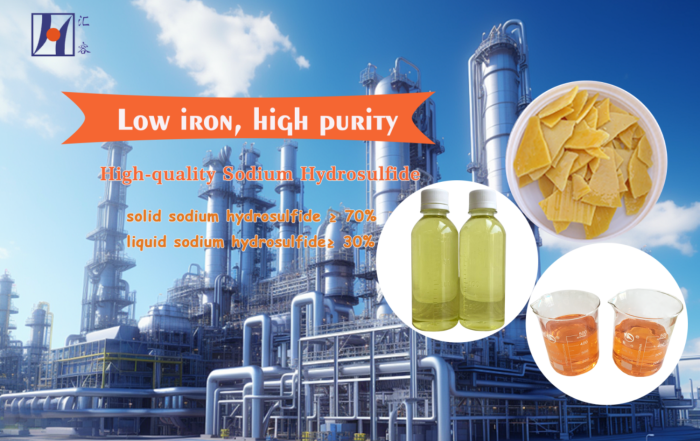After years of application practice, it has been shown that calcium carbonate can not only reduce the raw material cost of plastic products, but also improve some properties of plastic materials. Research in recent years has achieved gratifying results. The research results of many scientific research institutions show that, Different types of calcium carbonate can significantly improve the performance of rubber products when used properly. Among them, activated calcium carbonate is a high-grade filler with high filling volume and is widely used in rubber, plastics, plastic steel doors and windows, PVC cable materials, advanced coatings, pipes, tires, shoe soles, polyethylene blown film, sealing strips, fiberglass products, cables Packaging cloth, papermaking, building materials, printing ink, daily chemicals, textiles, and other industries.
Application of light calcium carbonate in rubber field
Light calcium carbonate powder has the characteristics of regular particle shape, narrow particle size distribution, and small particle size. It is mainly used as reinforcing filler for white or light-colored rubber in rubber products.
Light calcium carbonate has semi-reinforcing properties, which can improve the tensile strength, tear strength and wear resistance of vulcanized rubber. It will not cause excessive tensile stress under high filling, and is easy to disperse and unstable in the rubber compound. Affect vulcanization. The physical and mechanical properties of vulcanized rubber filled with light calcium carbonate are slightly higher than those of vulcanized rubber filled with heavy calcium carbonate.
Application of activated calcium carbonate in rubber field
Compared with before modification, calcium carbonate after modification generally has the characteristics of smaller particle size, lower oil absorption value, good dispersion, and good reinforcement.
The reinforcing properties of modified calcium carbonate are far better than those of unmodified calcium carbonate. Its reinforcing properties are mainly due to the fact that the surface modifier is an organic substance with amphiphilic groups, that is, it has hydrophilic groups and lipophilic groups. Surface modifiers combine calcium carbonate and rubber closely through two groups, which is beneficial to improving the physical and mechanical properties of rubber, improving processing performance, and improving the elongation, tensile strength, tear strength and other properties of products.
Application of Nano Calcium Carbonate in Rubber Field
Nano calcium carbonate has high activity and its reinforcing performance is much greater than that of light calcium carbonate, which is equivalent to precipitation silica. Nano-calcium carbonate has good dispersion and compatibility in rubber, making the rubber easy to mix and disperse, improving the processing performance of the rubber and improving the mechanical properties of the product. At the same time, nano-calcium carbonate has a spatial three-dimensional structure and various particle shapes. Studies have found that different crystal forms of nano-calcium carbonate have different reinforcing effects on rubber. Among them, interlocking nano-calcium carbonate has the best reinforcing effect on rubber.
It is worth noting that it can not only be used alone as a reinforcing filler, but also can be used in conjunction with other fillers according to production needs. It can not only achieve the functions of reinforcing, filling, improving processing technology and improving product performance, but also has the function of whitening. Functions and partially replaces expensive white fillers such as silica and titanium dioxide.
Calcium carbonate is one of the main filling and reinforcing agents used in the rubber industry. Among them, heavy calcium is mainly used as a filler to reduce costs; light calcium has semi-reinforcing properties and can improve the physical and mechanical properties of vulcanized rubber; nano-calcium carbonate and modified calcium carbonate have excellent reinforcing properties and also have color tinting and whitening effects. , can partially replace expensive white carbon black, titanium dioxide, etc. Taken together, calcium carbonate for rubber will gradually develop from heavy calcium or light calcium to nano calcium carbonate and modified calcium carbonate in the future.





